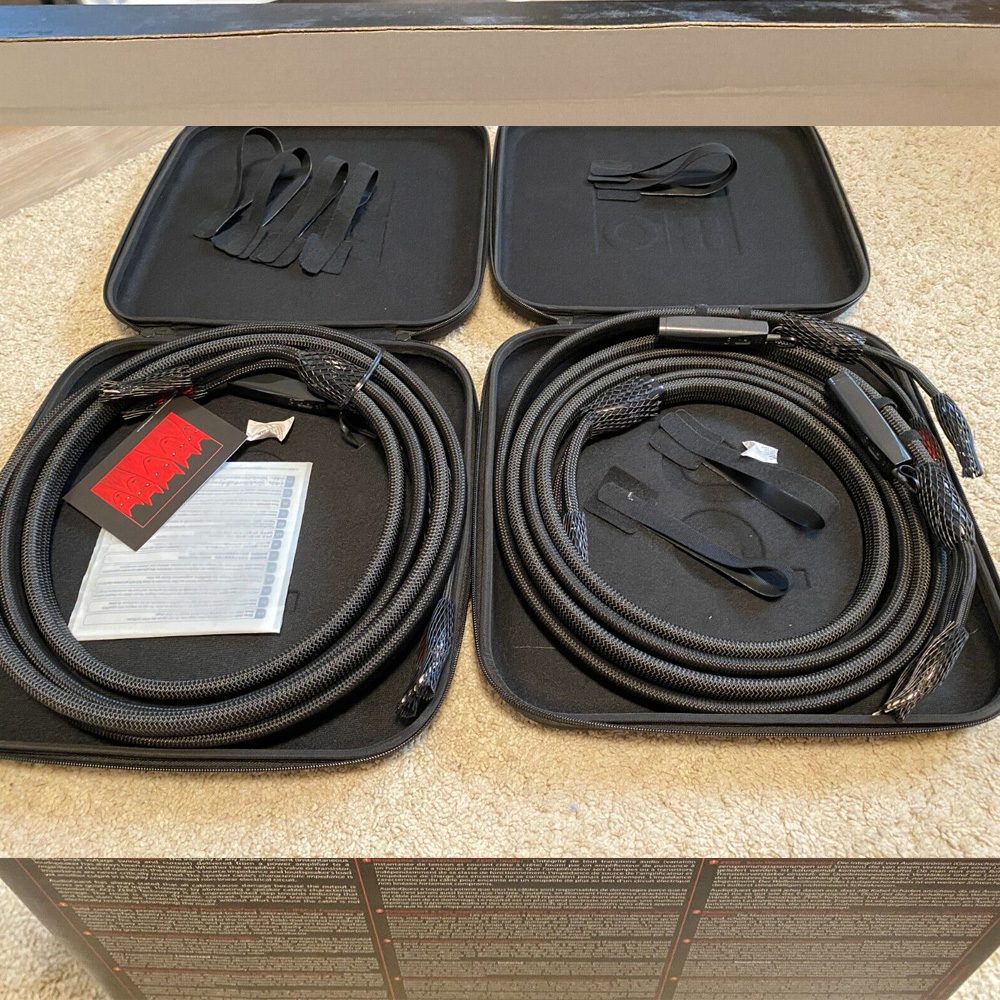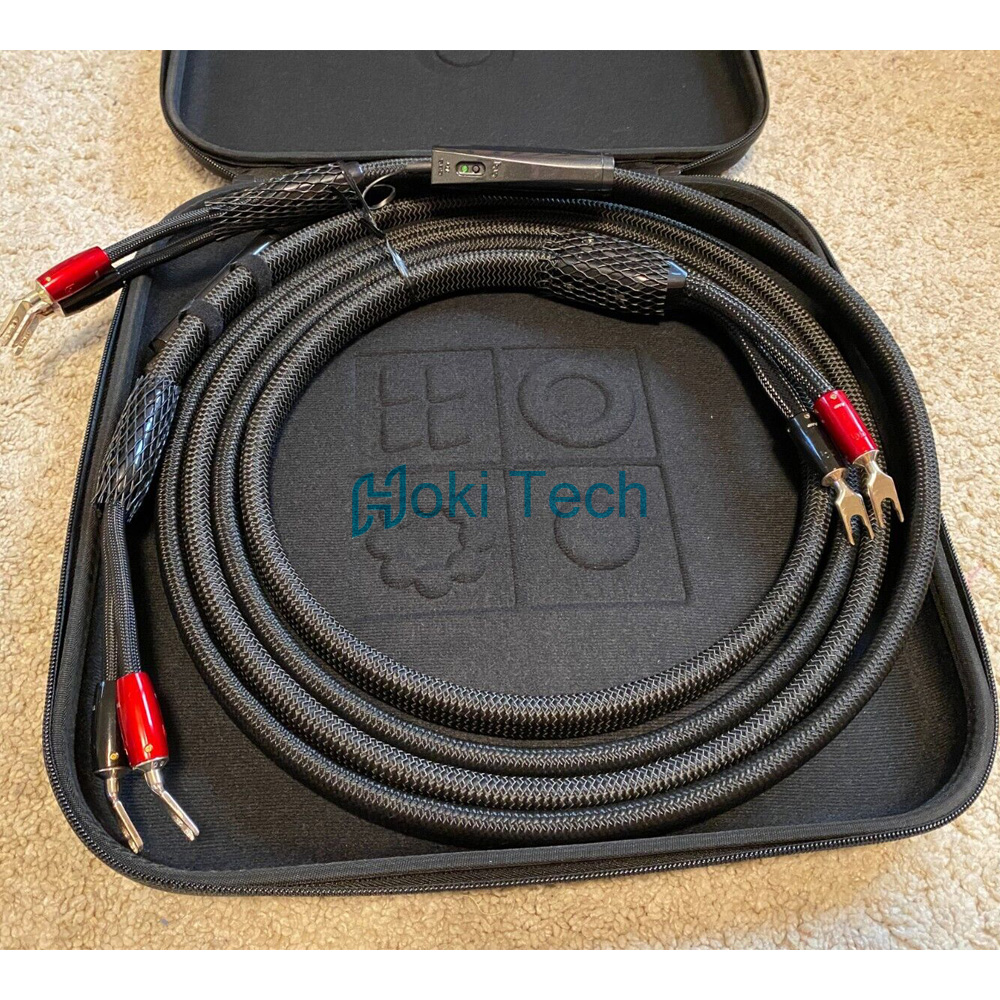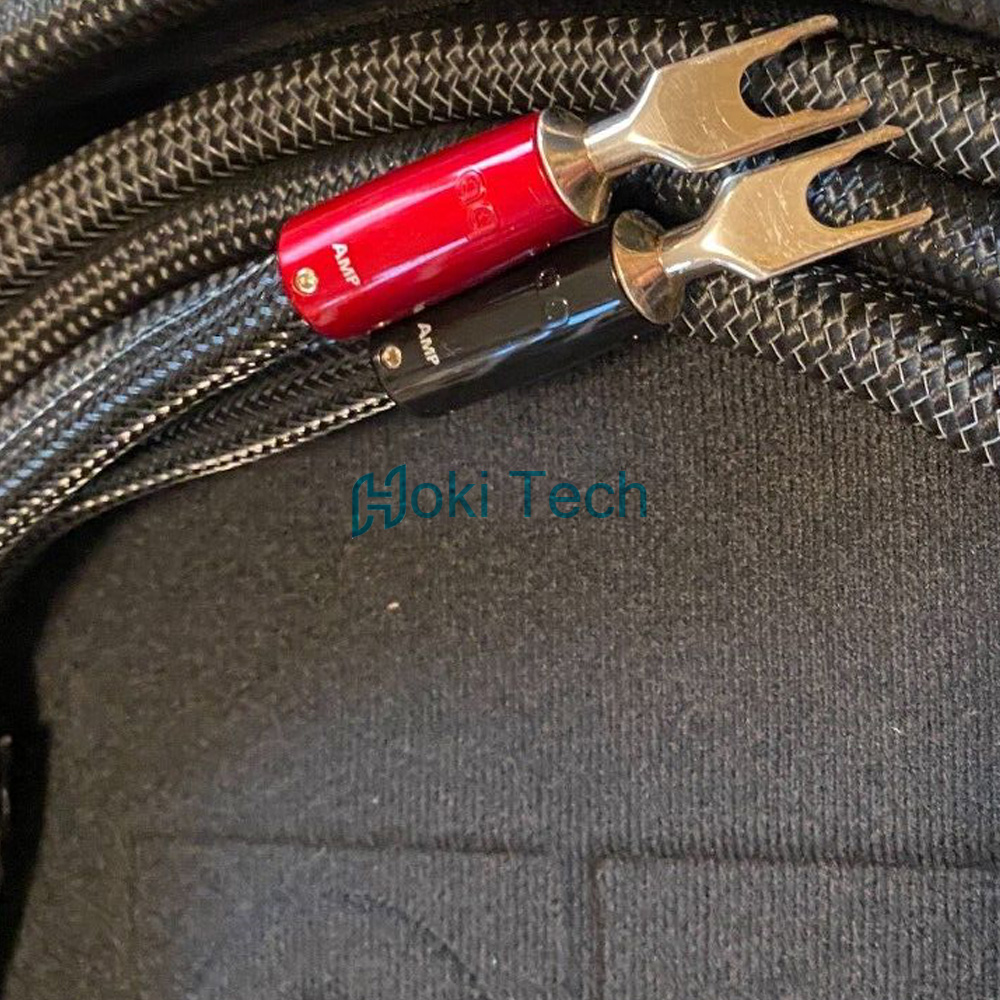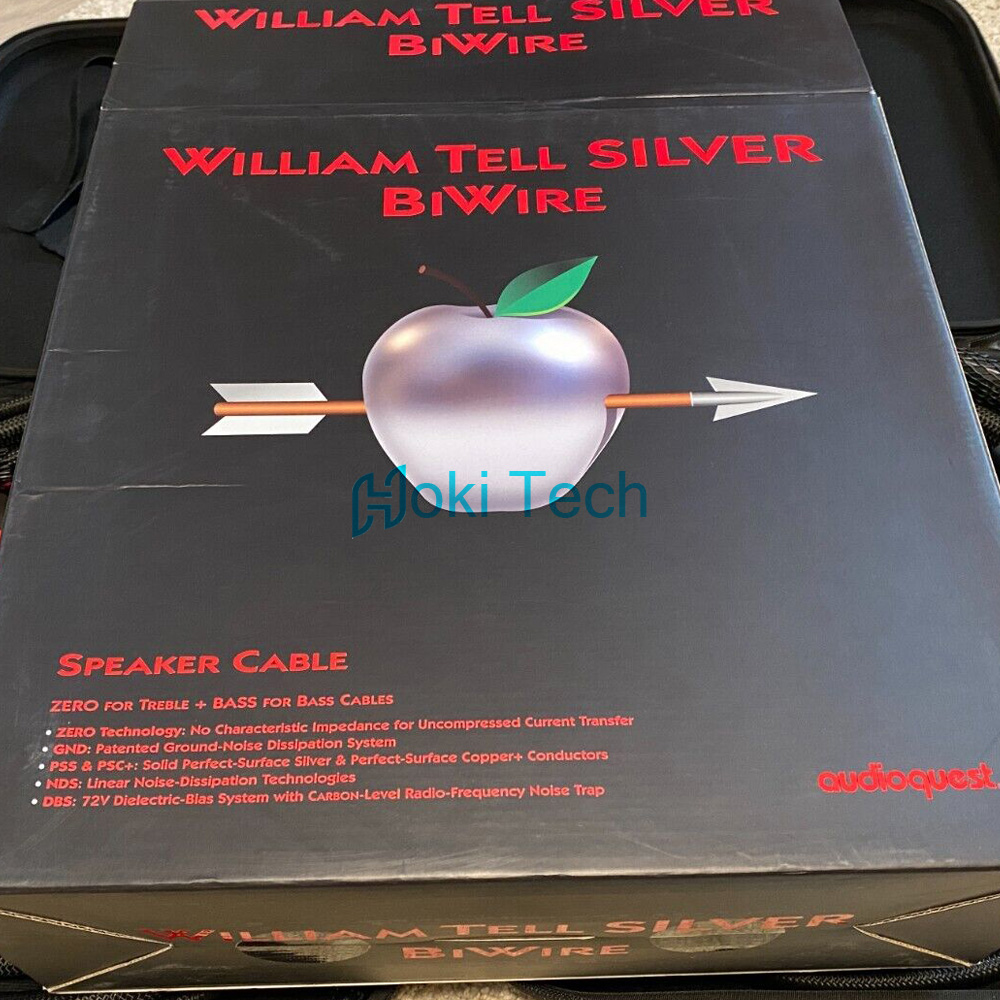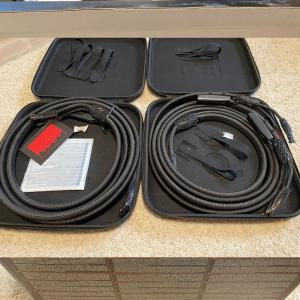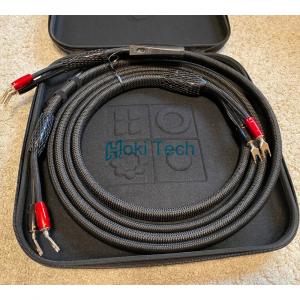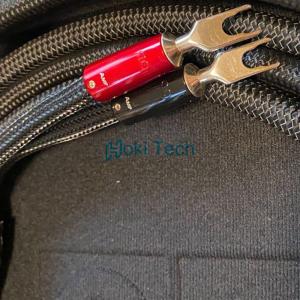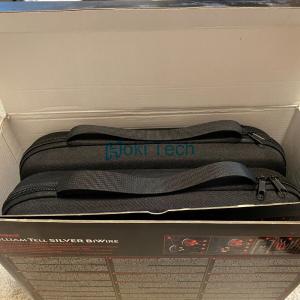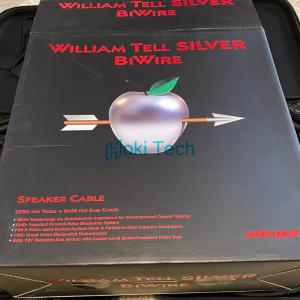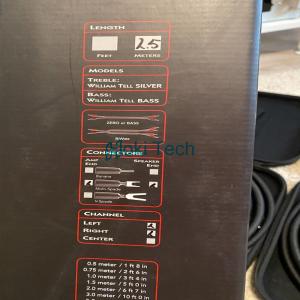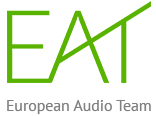Audioquest WILLIAM TELL SILVER ZERO and BASS BiWire Speaker Cable
Sale Audioquest William Tell Zero Silver + William Tell Bass BiWire combo 2.5m pair spades Speaker Cable Ex-demo. Perfect condition.
Condition: Used| Brand | AudioQuest |
| Model | WILLIAM TELL SILVER ZERO + BASS BiWire |
| Type | Speaker Cable |
| Condition | Used ( Ex-demo. Perfect condition ) |
Package includes:
- WILLIAM TELL SILVER ZERO + BASS BiWire (2.5m pair)
- Original box + bag
- Manual
- 15 days money back guarantee
RF/ND-TECH (PATENTED RADIO-FREQUENCY GROUND-NOISE DISSIPATION) MINIMIZES CIRCUIT MISBEHAVIOR BY CANCELLING INDUCED RF NOISE
Though a cables ground leads are integral to a component signal transmission, they also act as an antenna. Thus, they are subject to induced Radio-Frequency (RF) noise. RF noise is a parasitic signal that is typically coupled directly into a systems most sensitive audio/video circuits. AudioQuest RF-on-ground Noise-Dissipation (RF/ND-Tech) greatly reduces resulting distortion and signal masking, yielding unprecedented levels of Noise-Dissipation across the widest bandwidth (range) of radio frequencies possible. Our unique circuit topology uses a common-mode phase-cancelling array, providing linear noise dissipation across the entire length of the cable.
SOLID PERFECT-SURFACE COPPER+ (PSC+) CONDUCTORS
Solid conductors prevent strand-interaction, a major source of dynamic distortion. Extreme-purity PSC+ solid copper minimizes distortion caused by grain boundaries, and, when direction-controlled for surface asymmetry, facilitates crucial Radio-Frequency Noise-Dissipation.
ZERO-TECH (NO DEFINED CHARACTERISTIC-IMPEDANCE) FOR UNCOMPRESSED CURRENT TRANSFER AND LINEAR NOISE-DISSIPATION
The only complete way to eliminate characteristic-impedance mismatches between a cable and the attached source and load is for the cable not to have any fixed characteristic-impedance value. ZERO-Tech accomplishes this by eliminating interaction between the insulation (dielectric) and the cables conductors—enabling uncompressed current transfer. All-important transient current is unrestricted, and RF Noise-Dissipation is linearized (consistent octave to octave). 72v Dielectric-Bias System (DBS) Insulation is also a dielectric that can act like a shunt-filter. Biasing minimizes dielectric-noise and linearizes the filter, significantly improving wide-bandwidth dissipation of induced RF noise.
DIRECTIONALITY
All drawn metal strands or conductors have a non-symmetrical, and therefore directional, grain structure. AudioQuest controls the resulting RF impedance variation so that noise is drained away from where it will cause distortion. The correct direction is determined by listening to every batch of metal conductors used in every AudioQuest audio cable. When applicable, arrows are clearly marked on the connectors to ensure superior sound quality. For most models of AQ cable, the arrows not only indicate the direction that optimizes metal-directionality as part of Noise-Dissipation, but also indicates non-symmetrical attachment of shield and GND in order to optimize full-system performance.
WILLIAM TELL BI-WIRING
When possible, running separate cables to the treble and bass “halves” of a speaker significantly reduces distortion. Bi-Wiring keeps the large magnetic fields associated with bass energy out of the treble cable, allowing the delicate upper frequencies to travel a less magnetically disturbed path, like taking the waves out of the water when you swim. AudioQuest RF/ND-Tech (patented RF-Canceling Ground-Noise Dissipation) attracts RF energy away from the amplifiers output. When properly implemented, Bi-Wiring has always been a cost-effective way to get better performance for the same or less money. With RF/ND-Tech, the advantage of Bi-Wiring is much more dramatic. Because RF/ND-Tech is so effective, BASS model cables are only for 10KHz and below; do not use a BASS cable full-range or on treble. William Tell BASS cable is ideal with William Tell ZERO or SILVER ZERO. A Bi-Wire COMBO with BASS and ZERO cables joined together at the amplifier is usually most convenient. When Tri-Wiring, use BASS cables on the Midrange and Bass inputs. Caution: Do not Bi-Wire with two ZERO cables. ZERO cables in-parallel can create a very high-frequency resonant peak (ringing), and resulting poor sound. Only use a ZERO plus a BASS cable (whether or not joined as a COMBO). Second best is a single ZERO with AQ Bi-Wire jumpers.
CARBON-BASED LINEARIZED NOISE-DISSIPATION SYSTEM (NDS)
Todays environment is saturated with radio-frequency noise that is extremely difficult to filter or reject. The frequencies of this noise from satellites, cellular towers, and Bluetooth, etc., are so extremely narrow that a conventional shield, or a series or shunt filter, is wholly inadequate. Much of the low-level signal that carries the harmonics and spatial cues that define high-resolution audio is masked by induced radio-frequency noise. AQ’s comprehensive Linearized Noise-Dissipation System combines multiple shields and a carbon-based linearized resistive network that turns most of this noise into heat. By ”linearized” we mean that the system is equally effective across extremely wide bandwidth, rather than at selected frequencies only, as is more common. The remaining bad energy is effectively drained away from the sensitive amplifier circuits via directionally controlled signal and shield conductors.
FOLK HERO COLD-WELDED TERMINATIONS
Folk Hero cables are Cold-Welded to AudioQuest extremely pure Red Copper Spades or Bananas. The bare copper is submerged (hung) in a vat of pure silver instead of being tumbled in a lower-grade solution. AudioQuest speaker breakouts and plug casings are not metal in order not to induce RF Noise into the conductors.
